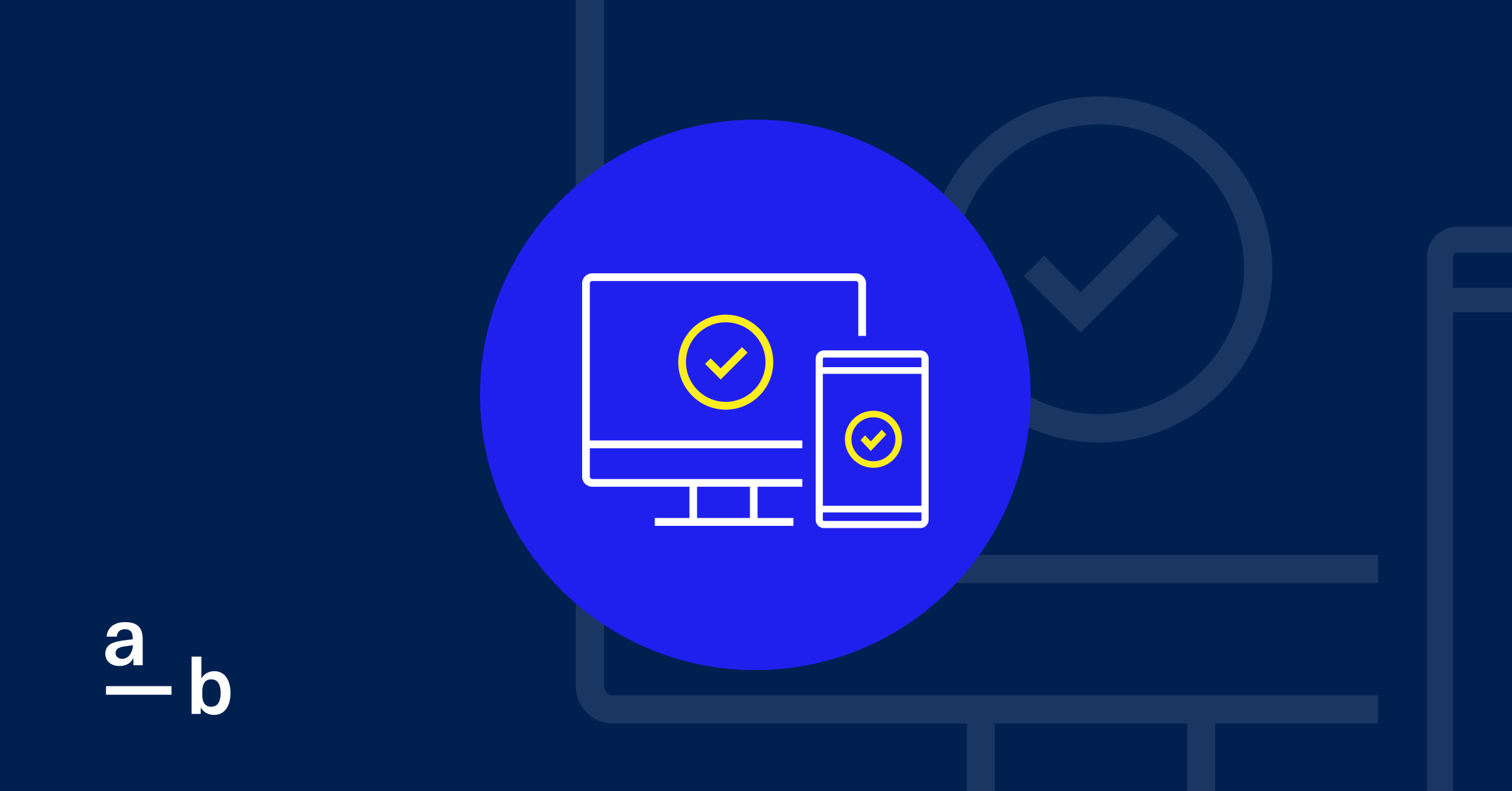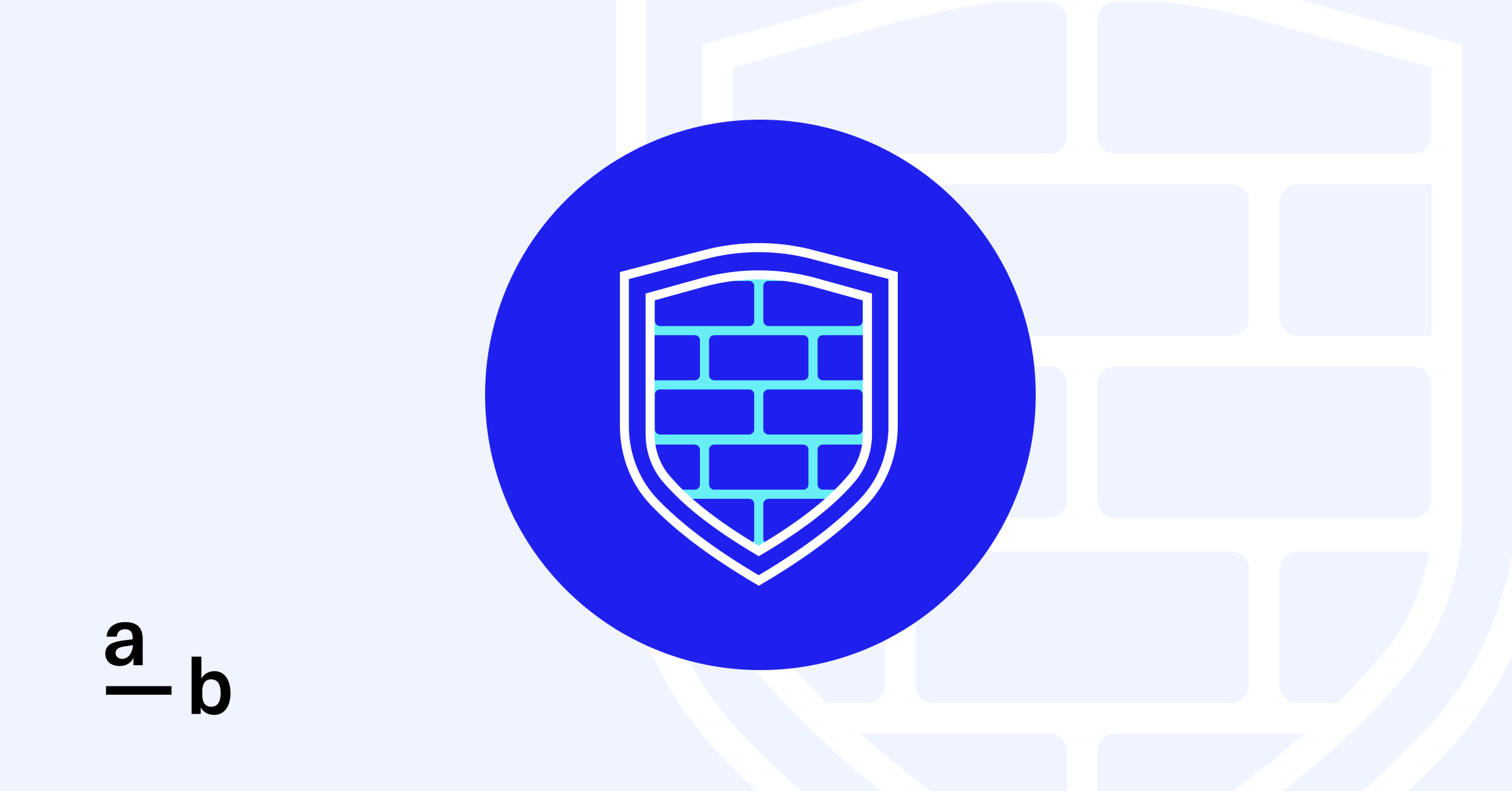Article
Third-Party Cyber Liability Insurance: What You Need to Know
Understanding what third-party coverage includes and what industries need it most
In our interconnected world, businesses often handle sensitive information belonging to clients, customers, or business partners. This means that an organization targeted by cybercrime is not always the only victim; the businesses it partners with can also be affected, especially if data from these third parties is compromised.
While this risk runs high for large enterprises that may handle data from millions of customers and hundreds of partners, third-party liability is also a significant concern for small and mid-sized businesses, for which a single poorly handled incident can ruin their reputation.
Data encryption, access controls, employee training, and regular security audits can reduce cyber risk, but no cybersecurity effort is 100% effective at preventing attacks as threat actors continuously update their methods. For this reason, when it comes to this third-party liability, the best protection against legal, regulatory, and reputational damages is an insurance policy.
What is Third-Party Cyber Liability?
Third-party cyber liability refers to a type of insurance coverage that protects businesses from liabilities arising due to a cyberattack or data breach that impacts third parties. There are typically two forms of Cyber Liability. The first is Information Privacy Liability, which provides coverage for damages caused by the release, theft, or unauthorized access to sensitive information that belongs to a company’s clients, customers, or business partners. The second is Network Security Liability, which provides coverage for damages caused to a third party for a network security incident that impacts the insured.
First-Party vs. Third-Party Liability
When selecting a cyber insurance policy, it’s essential to understand the difference between first-party cyber coverage and third-party cyber coverage.
First-party cyber liability insurance covers the direct costs incurred by the policyholder, such as remediation, investigation, business interruption, public relations, and incident response-related legal expenses. It protects against losses that impact the insured entity itself when a security breach directly impacts that insured business.
Third-party cyber liability insurance covers the costs and damages that third parties may incur as a result of a cyber incident involving the policyholder. This can include financial institutions, clients, customers, or business partners who suffer financial losses, reputational damage, regulatory fines, or legal fees subsequent to and as a result of the cyber incident.
While first-party coverage focuses on internal risks, third-party coverage is designed to protect against the external implications of a cyberattack or data breach. Most modern businesses need both types of coverage, so it’s important to seek an insurance provider that offers a comprehensive cyber insurance policy.
Download the eBook: The Rise of Third-Party Risk — and How to Protect Your Business
Examples of Third-Party Cyber Liability Claims
Theft or Loss of Electronic Devices: If a business laptop containing sensitive client information is stolen, resulting in unauthorized access to that data, the affected clients could hold the business liable for their financial losses or personal damages.
For example: If a financial consulting firm employee’s computer containing sensitive client financial information is stolen from their office, the thief gains access to the customer data and can use it to conduct fraudulent transactions. This would result in financial losses for the affected clients, who could hold the consulting firm liable for the losses incurred and file claims against the firm for the damages.
Network Intrusion via a Third Party: A partner or vendor that has access to a company’s network can create an additional pathway for threat actors to enter the company’s network and wreak havoc. Potential damages can include legal fees and defense costs — and even if the company isn’t found to be negligent defending against such allegations is costly.
For example: A third-party vendor, HVAC contractor Fazio Mechanical Services, unintentionally caused a major breach of retail chain Target in 2013. The contractor had credentials granting access to Target’s network, which attackers stole and used to infiltrate the company’s system. This left the small HVAC business responsible for huge financial repercussions from the attacks, with millions of dollars in losses related to incident response costs, fines, legal fees, etc.
Unintended Disclosure of Information: Inadvertently sharing confidential client information with unauthorized parties due to a data breach or human error could lead to claims filed against the business for the resulting damages.
For example: If a healthcare organization inadvertently sent an email containing confidential patient records to an incorrect email address due to a human error, the unauthorized recipient would gain access to the sensitive data. If the recipient used this customer information for fraudulent purposes, it could lead to potential harm to the patients. As a result, the affected patients could file claims against the healthcare organization for the damages caused by the unintended disclosure of their information.
Cyberattack Leading to Loss of Data or Intellectual Property (IP): If a third party’s data or intellectual property is compromised as a result of a cyberattack on the insured business’s systems, the affected party may seek compensation for the financial impact or damages incurred.
For example: If a technology company experienced a sophisticated cyberattack targeting its intellectual property stored in the company’s servers, the attackers could breach the network, exfiltrate valuable proprietary information, and threaten to release it unless a ransom was paid. The company’s intellectual property would then be compromised, leading to potential financial losses, reputational damage, and legal consequences. As a result, clients, business partners, or regulatory bodies affected by the cyberattack may file claims against the technology company for the loss of data or intellectual property.
Cyber Extortion or Ransomware: Cyber extortion or ransomware attacks that demand a ransom in exchange for not releasing sensitive data can lead to third-party liability claims, particularly when the threat actors target an organization’s clients or customers.
For example: If hackers infiltrated a healthcare provider’s network and gained unauthorized access to patient data, then demanded payment in return for not releasing that data, the provider could face third-party liability claims from patients who were affected by a potential data breach. Additionally, if the cyber extortion attack succeeded due to inadequate organizational security protocols, the healthcare provider could be held responsible.
Similarly, if a cybercriminal compromised the network of a cloud solution provider and demanded ransom to prevent further damage, clients of the provider that were affected by the attack may file third-party liability claims. In such instances, the provider could be held accountable for neglecting to implement required cybersecurity measures that protect private customer information.
Who Needs Third-Party Cyber Liability Insurance Coverage?
While all businesses can benefit from having comprehensive cyber insurance coverage, certain industries or professions are at a higher risk of third-party liability due to the nature of their operations. Here are examples of business types that should consider obtaining third-party cyber liability insurance to mitigate the financial and reputational risks associated with cyber incidents involving third parties.
IT Consultants
IT consultants often have access to client systems and sensitive information, making them potentially attractive targets for cyberattacks. Third-party cyber liability coverage can safeguard them from legal liabilities and financial losses related to client data breaches.
Web Designers and Developers
Professionals involved in designing and developing websites tend to handle sensitive client information, including login details, credit card information, and user data. In the event of a data breach that impacts their clients, these professionals may face legal claims and reputational damage.
Financial Institutions
Banks, insurance companies, and other financial institutions handle vast amounts of client data and financial transactions. A cyberattack or data breach involving this information can not only result in significant financial losses but also damage the institution’s reputation and expose them to regulatory fines.
Online Retailers
E-commerce businesses handle customer payment information, addresses, and other personal data. In the event of a data breach or cyberattack, these businesses may face claims from customers for financial losses incurred due to fraudulent transactions or identity theft.
Get Coverage Through At-Bay
Third-party cyber liability insurance is a crucial aspect of comprehensive cyber insurance coverage. It protects businesses from financial liabilities and claims resulting from cyber incidents involving third parties.
With the increasing frequency and sophistication of cyber attacks, having the right insurance coverage is essential to safeguard your business and maintain the trust of your clients and partners.
At-Bay* offers tailored Cyber insurance policies to meet the specific needs of businesses in various industries. Learn more here.
*Refers here to At-Bay Insurance Services LLC.








